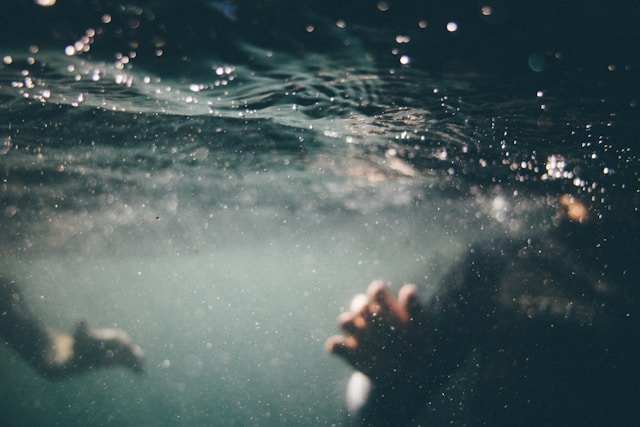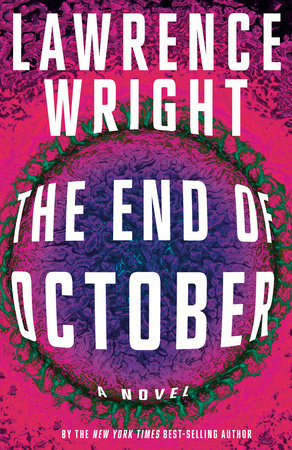Stiff upper lip still in Ian McEwan’s elegy to the 21st century

Ian McEwan’s newest novel, his 18th, is not traditional dystopian fiction so much as an elegy.
What we Can Know is set in the 22nd century, in a drowned world that has suffered “Derangement” and “Inundation”. And yet, humankind manages somehow to scrape through, to a sort of life.
It’s not life as we know it in the resourceful “raucous” 21st century – with our innumerable varieties of potatoes and vegetables and fruit and short airline trips anywhere we please– but it IS life.
Of a sort.
As Tom Metcalfe, the main protagonist, notes: “What brilliant invention and bone-headed greed. What music, what tasteless art, what wild breaks and sense of humour: people flying 2,000 miles for a one-week holiday; buildings that touched the cloud base; razing ancient forests to make paper to wipe their backsides”.
In Ian McEwan’s telling, the 22nd century is not like that at all. Derangement and Inundation refer to a period wracked by a climate disaster, nuclear exchanges and surging seas and storms. The world population shrinks from nine billion to less than half that, swaths of land go underwater and megapolises sink to the bottom of the sea.
The changes are so profound that Britain, for instance, becomes no more than a 38-mile archipelago and journeys from anywhere to anywhere are long, hard and not always possible. The ferry may no longer run; the seas may be too choppy; the boat’s motor may need several hours to charge rendering the journey overly vulnerable to pirates in the “treacherous shallows” of the Lake District.
Life is replete with “protein cakes”, acorn coffee and national AI. An antiseptic calm overlays everything. Tom, for instance, marries Rose, who lectures on the same course with him at university, in front of the HR main frame! Nothing seems to call for too much celebration or caterwauling.
It’s stiff upper lip all the way through.





